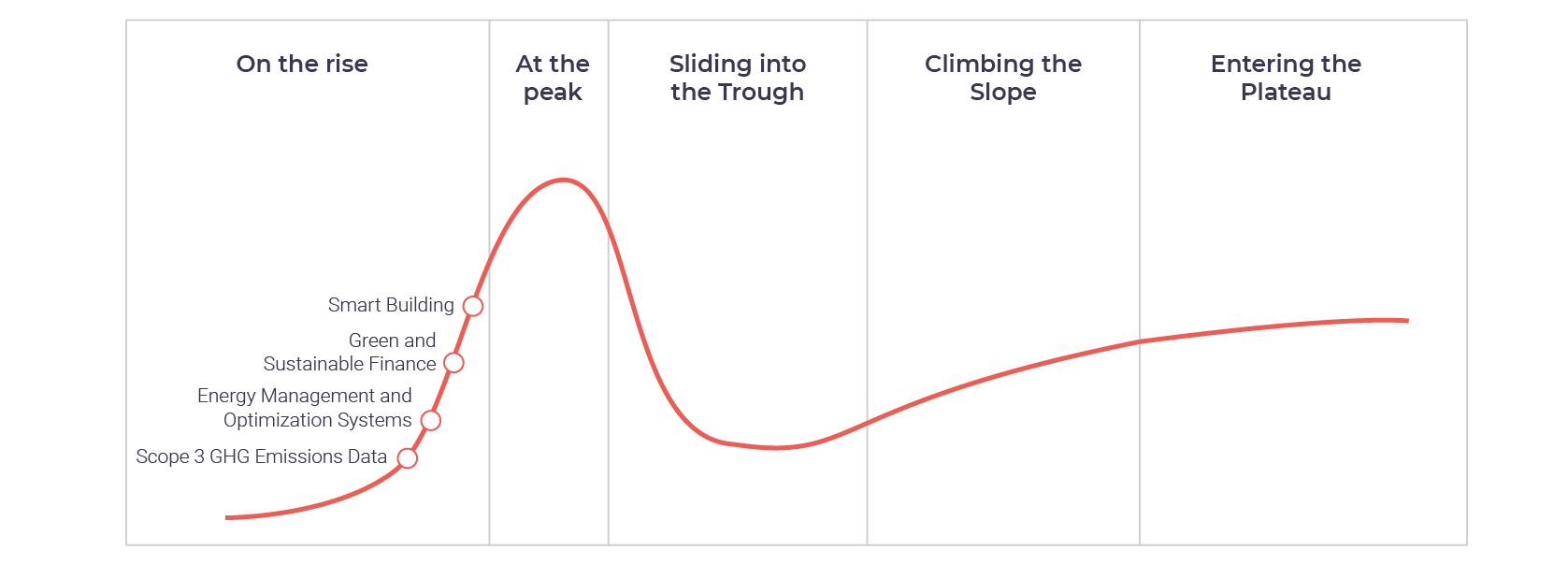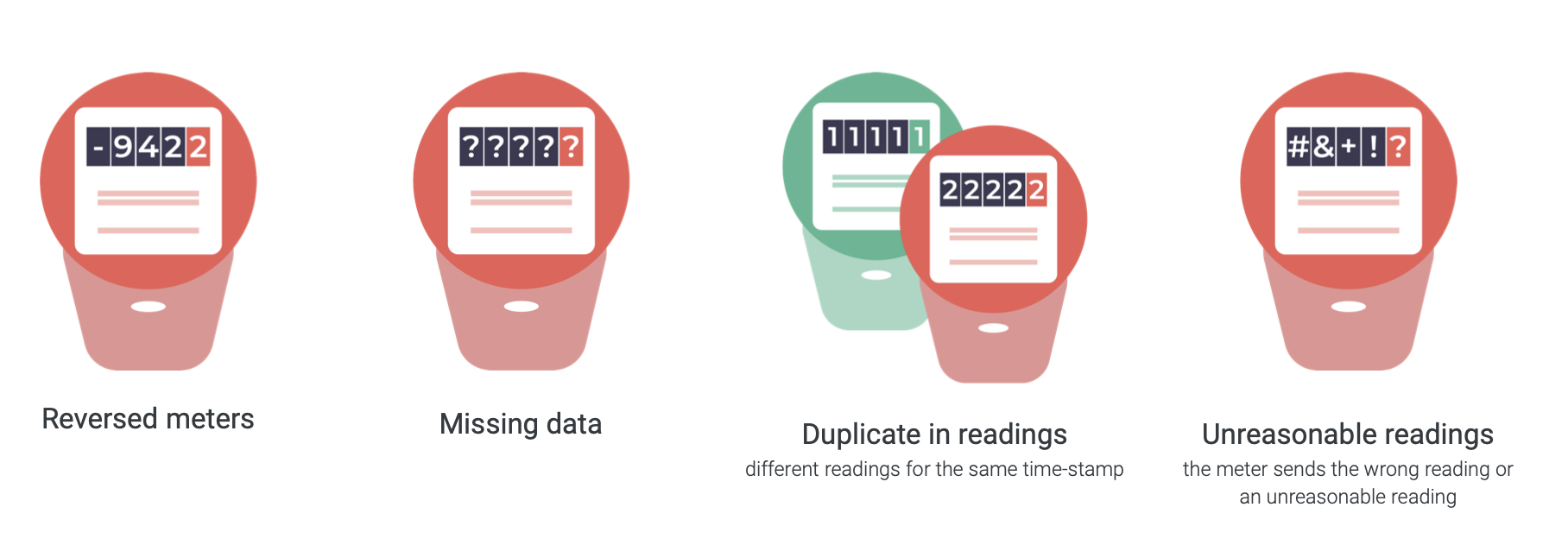
5 reasons why BEMS and ESG providers benefit from using a Data Collection Service
How quick could you grow your business by outsourcing Energy Data Collection?
With sustainable investment assets reaching $35.3 trillion globally in 2020 and the ESG reporting market expected to grow, it’s becoming more critical than ever to provide investors with accurate and transparent data on environmental, social, and governance performance. But data collection can be complex, expensive, and time-consuming – especially when it’s not your core business.
Why is everyone talking about ESG reporting?
ESG reporting refers to the disclosure of a company’s environmental, social, and governance performance and is becoming an essential tool for investors to make informed investment decisions.
According to a report by the Global Sustainable Investment Alliance, sustainable investment assets reached $35.3 trillion globally in 2020 – up from $30.7 trillion in 2018. This growth in sustainable investments is driving the demand for ESG reporting as investors seek to make more informed investment decisions that align with their values and goals.
In addition, governments and regulatory bodies around the world are implementing new rules and guidelines that require companies to report on their ESG performance. For example, the European Union’s Non-Financial Reporting Directive requires large companies to report on environmental, social, and governance issues as part of their annual reports.
Overall, the market for ESG reporting is expected to continue to grow as more companies recognize the importance of sustainability, and as investors demand greater transparency and accountability from the companies in which they invest.
The start of the Hype Cycle: ESG reporting is expected to grow
The Global ESG Reporting Software Market size is expected to reach $1.8 billion by 2028, rising at a market growth of 15.3% CAGR during the forecast period. The trends on the market shows that we’re nowhere near the peak of ESG actors.
If you’re familiar with Gartner’s Hype Cycle, you know that it goes through the stages ”On the rise” and ”At the peak”, until it begins to ”Sliding into the Trough”, ”Climbing the Slope” and then finally ”Entering the Plateau”.

This graph highlights some of the emerging business areas from Gartner’s report on the Hype Cycle for Sustainability (2022)
Gartner’s report on the Hype Cycle for Sustainability (2022) shows how the market for sustainability is building up, and that the hype for companies within Energy Management and sustainability has not yet been reached.
For example, if you are a Sustainability Software, according to Gartner, you have more than 10 years before you meet the plateau. But remember, there are many actors that want a piece of this cake! You need to make sure that you can ride this wave and make the most out of it, and there is one major obstacle for you to utilize this opportunity; accessing data in an automated and scalable way.
The problem – Energy Data collection costs time and money
As a BEMS or ESG provider, it is hard to keep up with the variety of quality, formats and sources of data. Data collection is hard and expensive, and since data collection is not part of the core for most BEMS and ESG providers, this creates a bottleneck for customer acquisition – thus, blocking you from scaling your business.
Apart from just accessing the data, there are also quality issues. “Garbage in, garbage out” seems to be the mantra (and curse) for every BEMS and ESG provider we’ve spoken to.
One of the most complex data sources to work with are the ones for energy data, and the complexity in meter infrastructure in this area is only increasing. From faulty meters to inaccessible customer pages – energy data collection is a hassle (that’s the reason why it has been our bread and butter for the past decade).

A regular electricity meter can get a lot of different errors, and here are some that we see are being alerted in our system.
The solution – Outsourcing your Energy Data Collection
At Metry, we are experts in energy data collection, and we can collect everything available. We solve all the quality issues, we support all the formats and we have several different methods to collect the data. That’s how we make energy data collection simple for you, so that you can focus on developing your core business.
Metry is forming the global directory for energy data, and we want to partner up with you so that we can help you scale and reach your full potential on the Gartner Hype curve.
We collect data from sources such as:
- Utility providers by using methods like data extraction from invoices, collecting data from customer pages, connecting to data hubs and using files and API’s
- Sub metering systems such as steering systems, BMS (building management systems) and other gateways in the building
- Charging stations and Solar cells
Basically, we do the data collection work so that you can access it hassle free. The data is then structured and quality assured in our portal, to make sure that your customers get all of their data integrated to your system.
When you use Metry as your data provider, you can:
- Get better data coverage from day one, both technically and geographically
- Lower your cost compared to investing and maintaining your own energy data collection
- Provide your customers with higher quality of the data
- Focus on your own software solution as a ESG or BEMS provider
- Provide shorter delivery times and easier onboarding for your customers
We’re here to help you grow your business! Talk to one of our product experts to learn more about how we can work together.
See Metry in action
Talk to an expert
All your questions answered, no strings attached.
See how the data collection works, talk about the big picture, or get down to the technical nitty-gritty – it’s up to you!
Schedule a chat with us and we’ll help you find the best data collection set-up for your needs.
Can’t see the form? Try turning off your ad blocker.